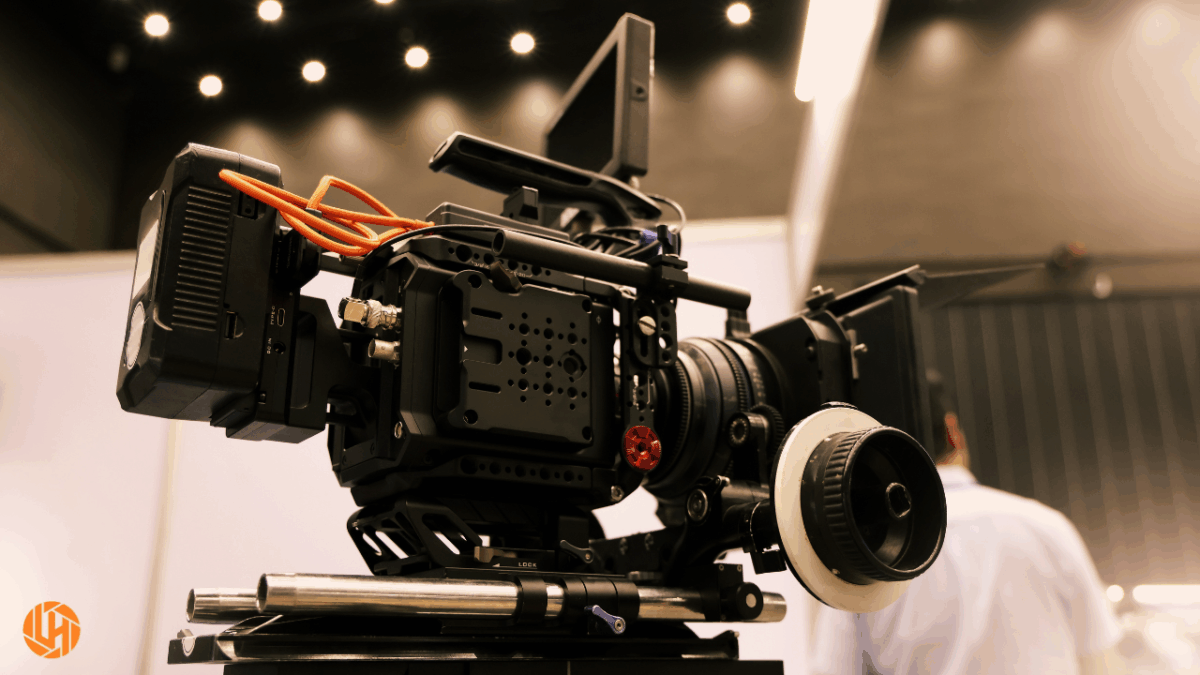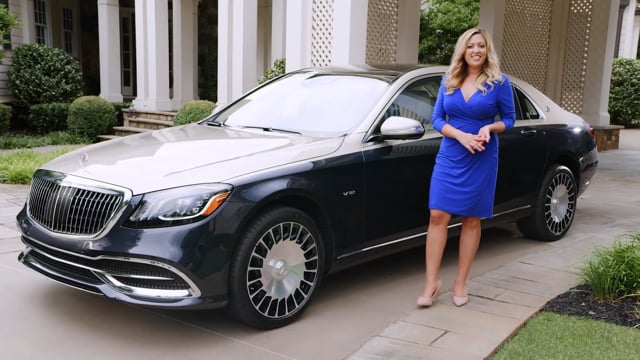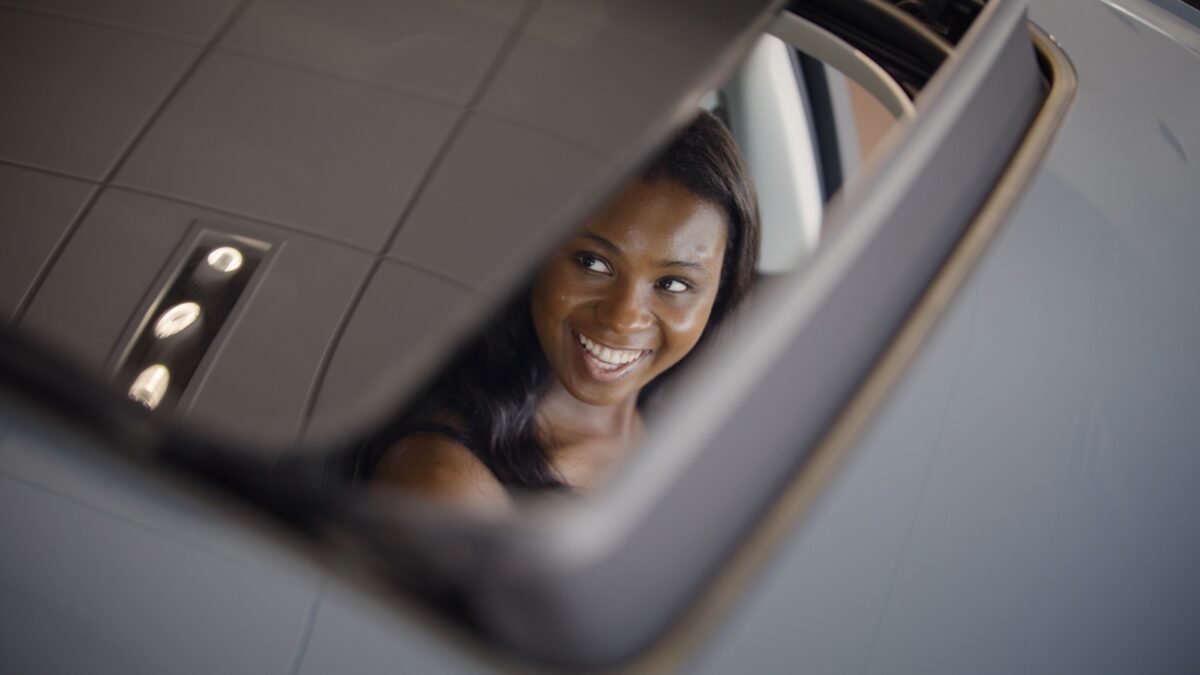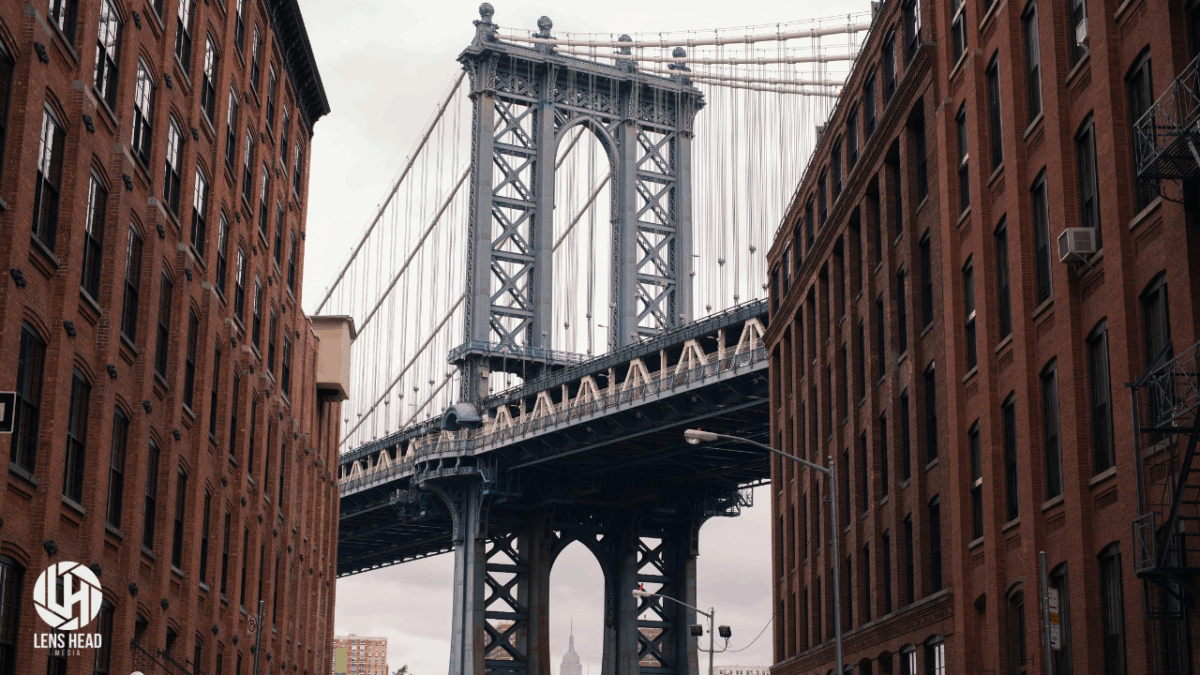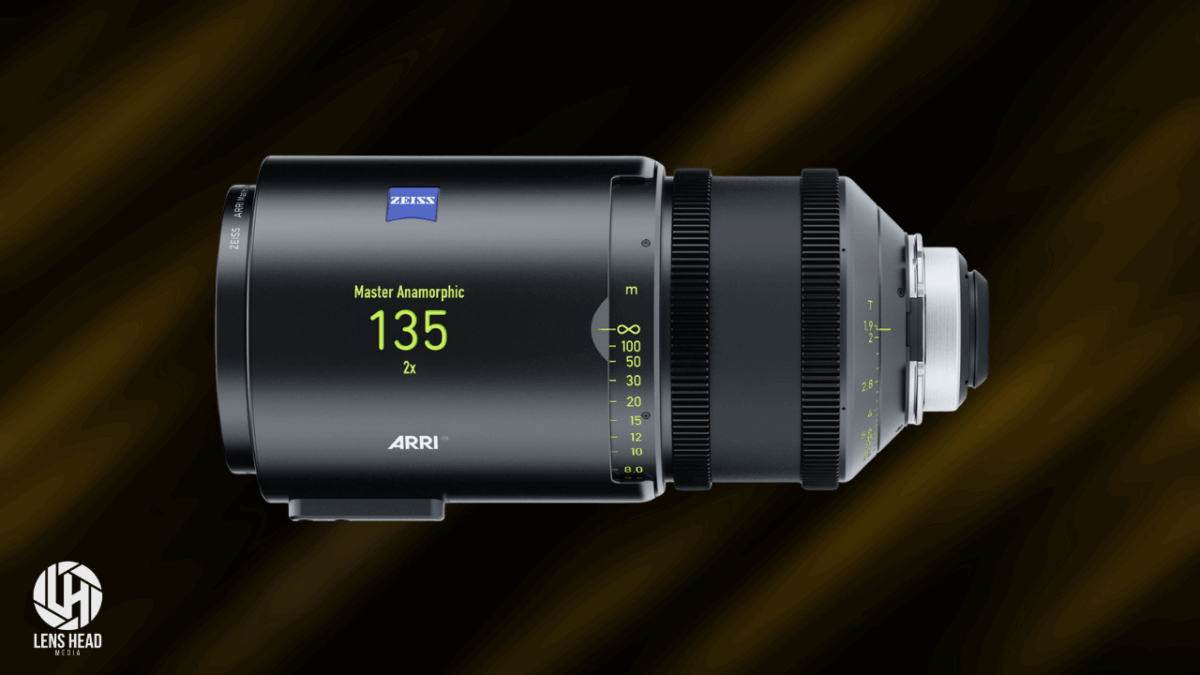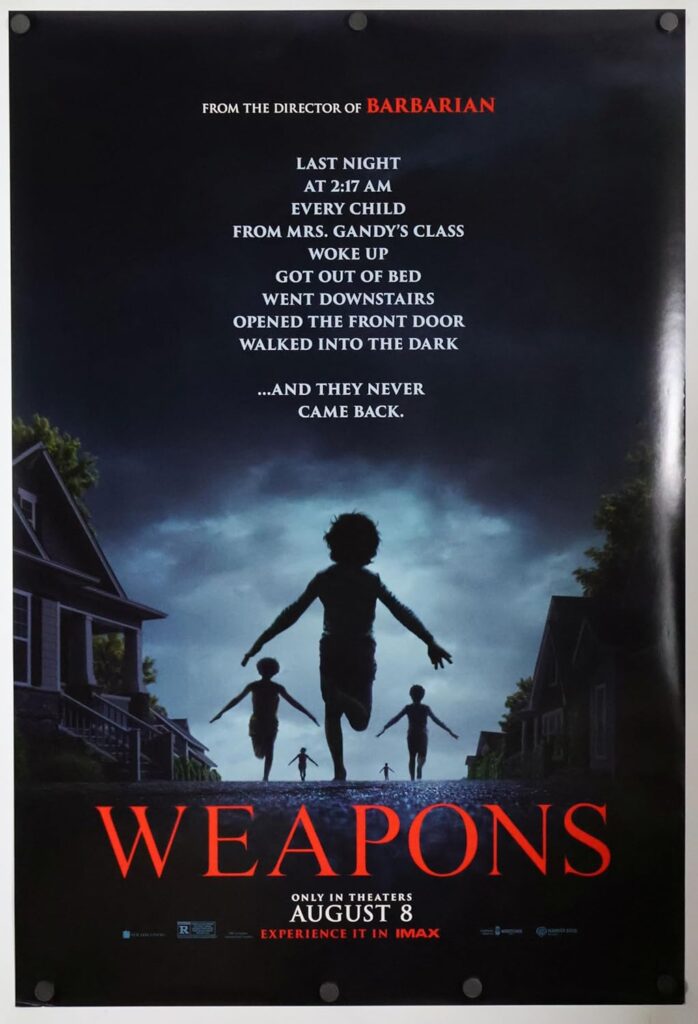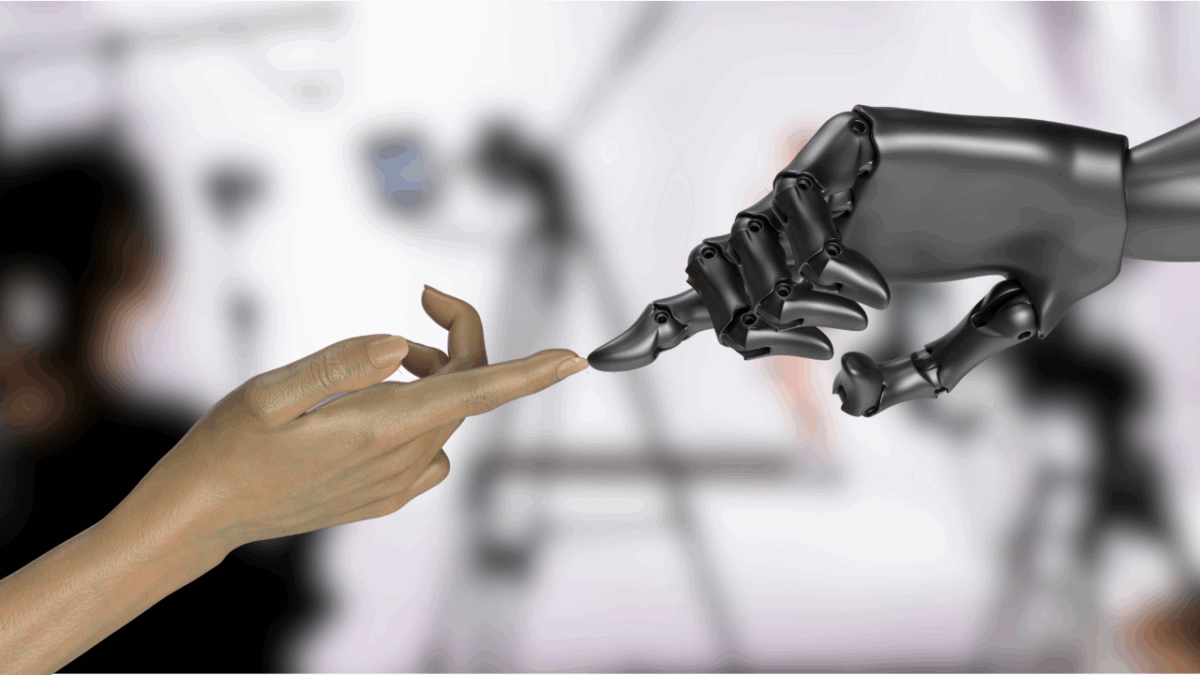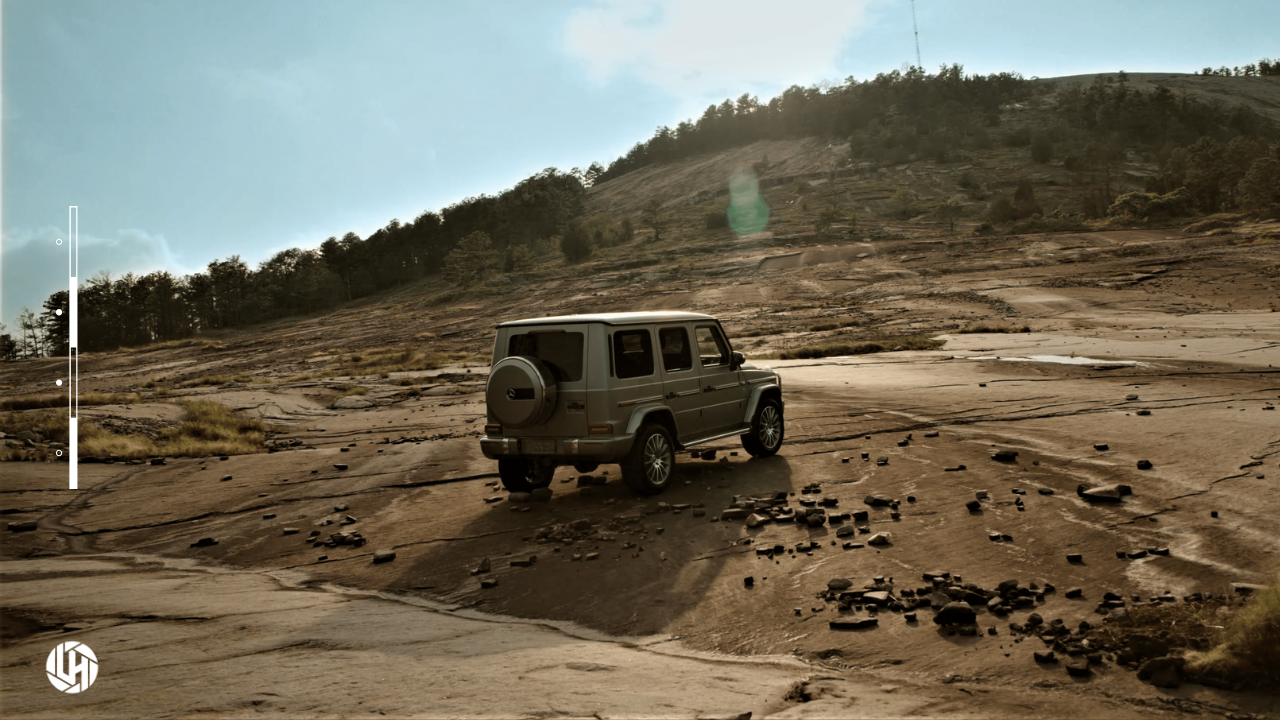How to Find the Right Team to Film Your Business Ad
lensheadmedia
on
October 6, 2025
When you’re ready to promote your business, nothing grabs attention like a great video ad. But for many small and medium-sized businesses, figuring out who to hire to film your business ad can be overwhelming. There are thousands of videographers and production companies out there, so how do you find the right one that fits your brand, your message, and your budget?
If you want your ad to look professional and connect with customers, choosing the right video production company is the most important decision you’ll make. Here’s a step-by-step guide to finding the perfect team to film your business ad the right way.
1. Know Your Goals Before You Film Your Business Ad
Before reaching out to anyone, define what you want your video ad to accomplish. Are you trying to increase sales? Build brand awareness? Launch a new product or service? Understanding your goals will help you communicate clearly with potential production partners and ensure everyone is aligned from the start.
Having a clear objective also helps determine what kind of video you need—whether it’s a 30-second social media spot, a full commercial, or a short story about your brand.
2. Look for a Professional Video Production Company
While it might be tempting to hire a friend with a camera, professional video production goes far beyond pressing record. A professional video production company brings experience, strategy, and creative direction to the table. They understand lighting, sound, and pacing, all the details that make a video look polished and perform well online.
There are many production companies that specialize in helping small and mid-sized businesses film professional ads that don’t just look good, they convert. They can tailor every project to your brand voice, audience, and goals.
3. Review Their Portfolio and Style
Before hiring anyone, spend time reviewing their previous work. Watch examples of business advertising videos, corporate promos, or social media campaigns they’ve produced. Pay attention to how each video makes you feel and whether it reflects the level of quality you want for your own ad.
A strong portfolio shows not just technical skill, but also storytelling ability, something that sets great ads apart from forgettable ones.
4. Ask About Process and Communication
Once you find a few potential partners, schedule a quick call or meeting to learn about their process. A reliable video marketing partner will walk you through each step, from concept development and scripting to filming and post-production.
At Lens Head Media, for example, we start with a creative consultation to understand your goals, target audience, and budget. Then, we design a strategy that ensures your video ad achieves measurable results. Clear communication at every stage is what keeps your project on track and stress-free.
5. Balance Budget With Value
Budget is always a factor, especially for small businesses—but the cheapest option isn’t always the best. Think of your video as an investment in your brand. A well-produced ad can run for months or years across multiple platforms, bringing consistent returns.
When comparing quotes, look at what’s included: concept development, shooting days, editing, and distribution support. A company offering a full-service package may deliver far greater value in the long run than a single freelancer working on a tight turnaround.
6. Choose a Partner Who Understands Marketing
A great video is only effective if it’s designed to reach the right audience. The best video production companies for businesses think beyond the camera, they understand digital strategy, brand positioning, and how to make content perform online.
Lens Head Media specializes in business video advertising that blends cinematic visuals with smart marketing strategy. Our videos are built to help you grow your customer base, increase engagement, and strengthen your online presence.
7. Take the Next Step and Film Your Business Ad the Right Way
Finding the right team to film your business ad doesn’t have to be complicated. Start with a clear goal, do your research, and choose a company that understands both video production and marketing strategy.
If you’re ready to create a professional video ad that elevates your brand, Lens Head Media is here to help. Our expert team produces high-quality, results-driven videos for businesses of all sizes.
Contact us today to learn how our production services can help you reach new audiences and turn your vision into a powerful visual story.
